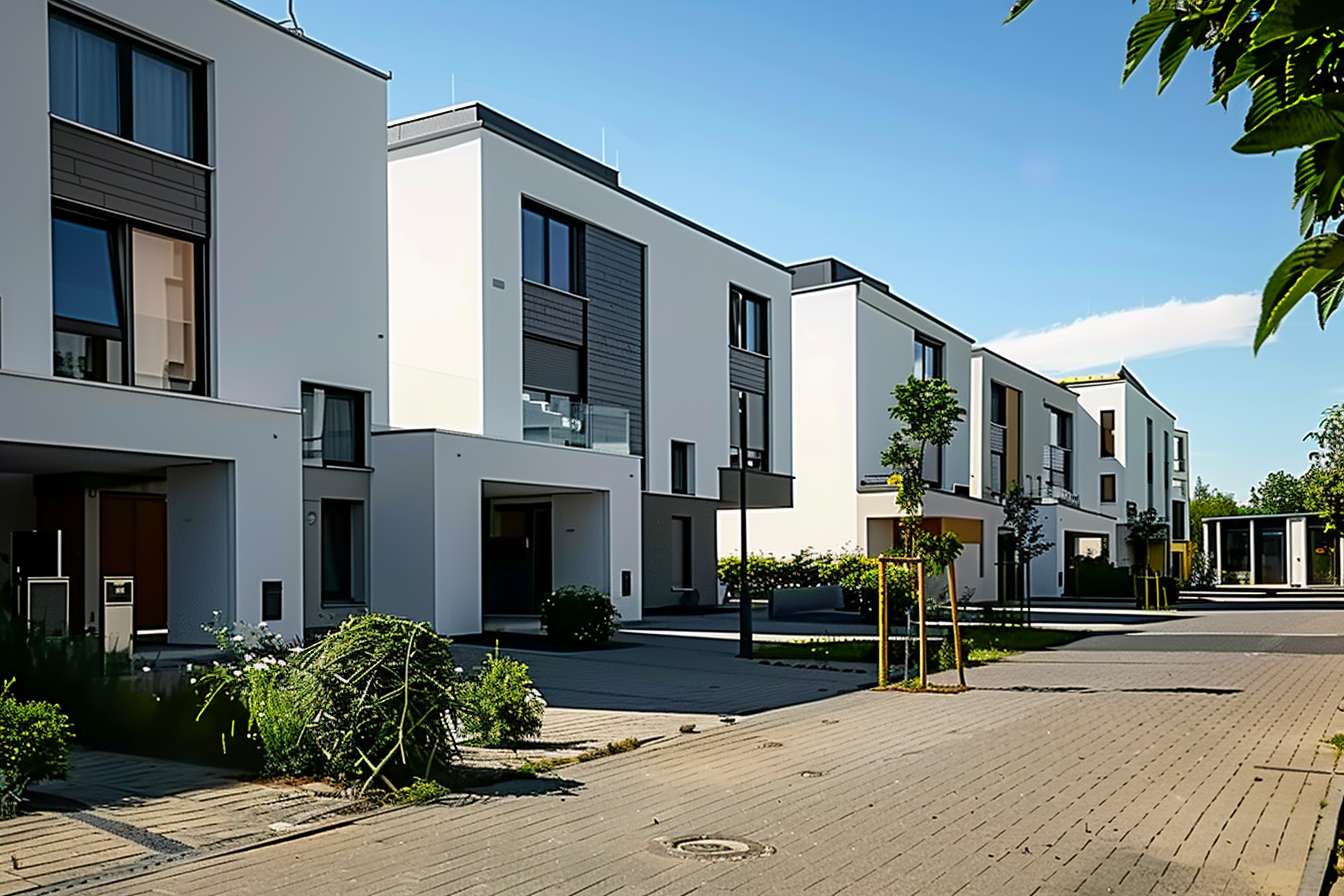Exploring the Impact of Street Art on Urban Living and Community Spaces
As more artists bring visual expression into shared spaces, city environments continue to evolve in unexpected ways. This guide explores how public art can influence city living, reshape perceptions of familiar places, and contribute to a more dynamic sense of community. In areas where thoughtful design meets creative installations, the impact often extends beyond aesthetics—informing urban development and even how people prioritize where and how they live. From architecture to rental trends, learn how artistic transformation can intersect with lifestyle choices and spatial design in ways that capture everyday attention.

How Urban Revitalization Connects with Street Art Projects
Street art has emerged as a powerful tool for urban revitalization, particularly in areas with high residential density. Property developers and city planners increasingly incorporate commissioned murals and installations into apartment complexes and surrounding neighborhoods. These artistic elements help transform previously overlooked spaces into cultural landmarks, fostering community pride and increasing foot traffic to local businesses near residential areas.
Creative City Design Solutions for Residential Areas
Modern apartment communities are embracing creative city design principles that integrate street art into their architectural planning. Courtyards, building facades, and common areas serve as canvases for local artists, creating unique identifiers for residential properties. These artistic elements help differentiate properties in competitive rental markets while contributing to the neighborhood’s distinct character and cultural identity.
Public Art Funding’s Impact on Housing Communities
The allocation of public art funding has significant implications for residential areas. Many cities now require developers to include public art in new apartment construction projects or contribute to community art funds. This investment in creative infrastructure often leads to:
-
Enhanced property values in areas with curated street art
-
Increased resident satisfaction and community engagement
-
Improved perception of safety in well-maintained artistic spaces
-
Greater attraction for potential tenants seeking vibrant communities
Small Apartment Trends Influenced by Street Art
The presence of street art has influenced small apartment design and marketing strategies. Property managers increasingly highlight proximity to cultural attractions, including street art districts, as a key amenity. Contemporary apartment developments often feature:
| Design Element | Purpose | Impact on Residents |
|---|---|---|
| Art-Focused Common Areas | Community Building | Increased Social Interaction |
| Mural-Decorated Facades | Visual Appeal | Enhanced Living Environment |
| Artist-Designed Spaces | Property Branding | Improved Resident Experience |
Note: Property values and rental rates mentioned in relation to art installations are based on current market conditions and may vary by location and over time.
Measuring Community Impact and Property Value Effects
Research indicates that well-maintained street art installations near apartment communities can contribute to neighborhood stability and resident retention. Property managers report that buildings featuring or located near curated street art often experience:
-
Lower vacancy rates compared to similar properties without artistic elements
-
Stronger community engagement among residents
-
Increased social media visibility and organic marketing opportunities
-
Enhanced ability to attract long-term tenants
The integration of street art into residential spaces represents a significant shift in urban housing development. As cities continue to evolve, the relationship between public art and apartment communities demonstrates how creative expression can enhance living environments while fostering stronger, more connected neighborhoods. This synthesis of art and residential space offers a blueprint for future urban development that prioritizes both aesthetic appeal and community engagement.




